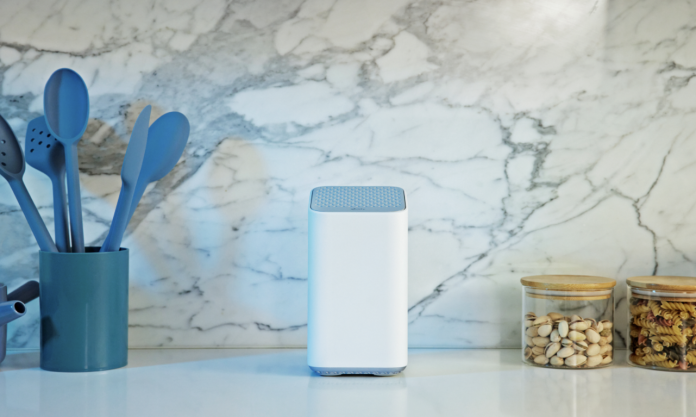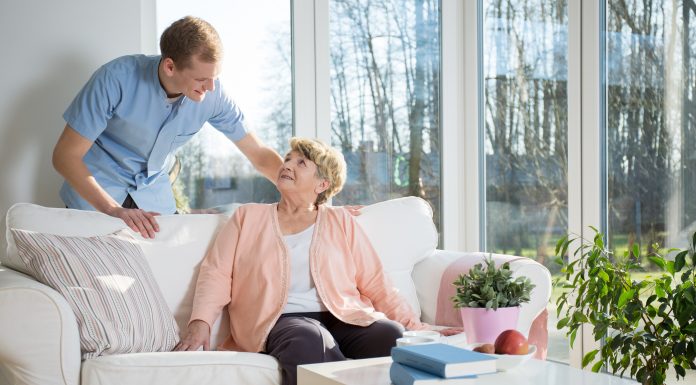As technology continues to drive the way we interact, seniors are feeling the pressure to stay connected digitally but not all communities are prepared to meet these new expectations.
Connectivity is important now more than ever.
As we continue to work, learn and do everything remotely, the need to stay connected throughout the day is crucial. This is especially true for seniors, as they’ve been affected the most by social distancing guidelines as a result of the pandemic. Now, in order to stay in touch with friends and family, seniors need updated connectivity services and gig speeds that can handle online video calls, chats and more.
However, as the world continues to evolve–needs will too, and senior housing property owners need services that will not only satisfy residents needs now, but in the future as things change. Here are a few tips senior housing property owners can use to address higher demand for Internet now, and what the future holds in terms digital connectivity for seniors.
Addressing Technology, Gig Speed and Connectivity Concerns Today
Historically, the need for broadband and internet services in senior living communities has been minimal. Connection for cable and basic internet use was the standard many property owners and managers in the senior space operated by. Now, seniors are in need of more, prompting an industry upgrade.
To keep everyone within a community connected to their loved ones requires more than the basics. In most senior living spaces, residents are all connected to the same WiFi network, allowing for ease in connection but can also result in delays as more devices connect. To solve this, property owners and managers can up the gig speed service they receive to help ensure all residents have fast, reliable access to the internet through computers, tablets and mobile phones.
Additionally, smart technology systems that are connected to the internet can not only help keep residents in contact with friends and family, but also ensure peace of mind when it comes to safety. This includes smart doorbells that can help alert residents who’s at their door without having to look out a window or answer it themselves. Smart technology can also help residents with limited mobility by turning off lights, changing the setting on the thermostat and more all from their phone or tablet. This helps mitigate risk when it comes to day to day tasks and puts both residents and family members at ease.
Innovations of Tomorrow and the Impact Today
While today’s technology may seem advanced, they’re nothing compared to what’s still to come. We can’t know for sure what’s ahead when it comes to the connectivity space, but with all the new tools being tested today there’s no doubt many of them will become integral parts of seniors lives in the future. So, how can property and owners and manager prepare for what’s next?
It starts by ensuring all owners are properly addressing today’s connectivity concerns. By having a solid foundation residents can use to stay connected, owners and managers are already bracing for what’s ahead. The next step would be to listen to residents, and their loved ones, and hear any concerns they have when it comes to their connectivity experience. More likely than not, others are experiencing a similar issue as well and there’s likely an innovation happening in the space to address it. By keeping tabs on what’s working well and what isn’t, property owners will be quick to know which new connectivity innovations and tools will be most helpful to their residents.
Bringing it All Together
Today’s seniors are different, and they require unique connectivity services in order to stay in close contact with those they care about. There’s never been a larger need for faster, reliable connectivity services in senior living communities, and the demand is only going to go up as more and more residents move in.
The future is coming, and in order to ensure all seniors in these communities are cared for, requires a special attention to detail not used before, and property owners and managers need to be up for the task. Together, they can help foster the most connected and safe environment for their residents, than ever before.


























